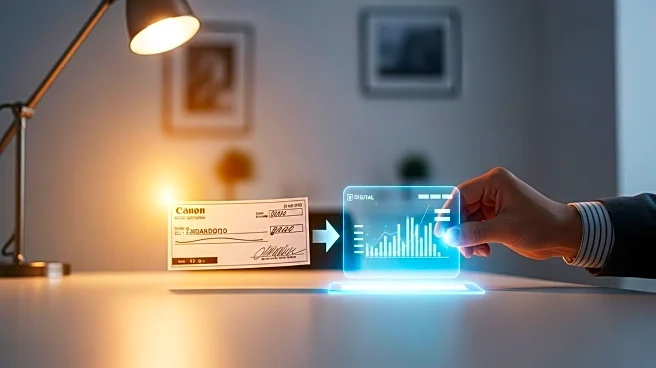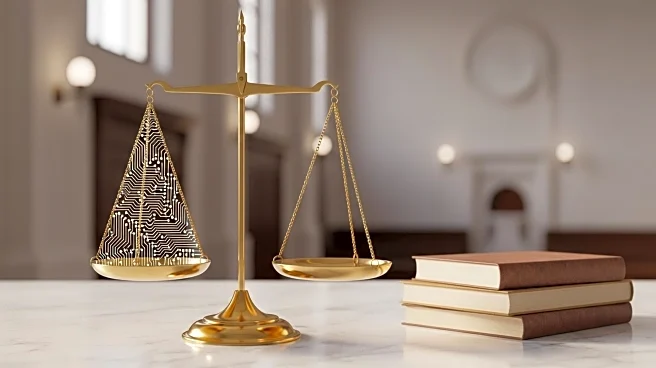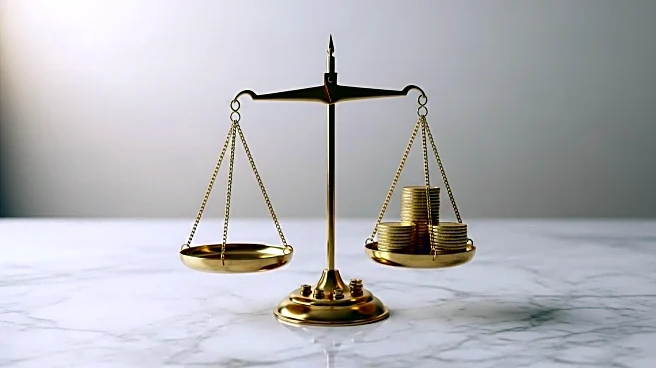What is the story about?
What's Happening?
An executive order issued by the Trump administration aims to phase out paper checks for federal disbursements, including tax refunds, transitioning to electronic payments starting October 1, 2025. The order seeks to improve efficiency, reduce fraud, and lower costs. However, Taxpayer Advocate Erin Collins warns that this change may adversely affect vulnerable groups, such as the unbanked, disabled, and those with religious objections to electronic systems. Exceptions are proposed for individuals with mental impairments, those living in remote areas, military personnel, and disaster area residents. The IRS will begin implementing the order for 2025 tax returns, with paper check refunds facing a six-week delay.
Why It's Important?
The transition to electronic payments is significant as it aligns with efforts to modernize federal financial operations. However, it poses challenges for taxpayers who rely on paper checks due to lack of access to banking services or personal circumstances. The change could disproportionately impact marginalized groups, potentially exacerbating financial inequities. Advocacy groups have raised concerns about the accessibility and fairness of the transition, urging the IRS to consider exceptions and safeguards. The move reflects broader trends towards digital financial systems, but highlights the need for inclusive policies that accommodate diverse needs.
What's Next?
The IRS is expected to implement the executive order for 2025 tax returns, with updates anticipated in 2027. Stakeholders, including advocacy groups and professional organizations, are likely to continue lobbying for exceptions and resources to support affected taxpayers. The IRS may need to develop strategies to ensure equitable access to electronic payments, such as offering secure debit cards or expanding financial services. As the transition progresses, ongoing dialogue between the IRS and external stakeholders will be crucial to address concerns and ensure no taxpayer is left behind.
AI Generated Content
Do you find this article useful?















